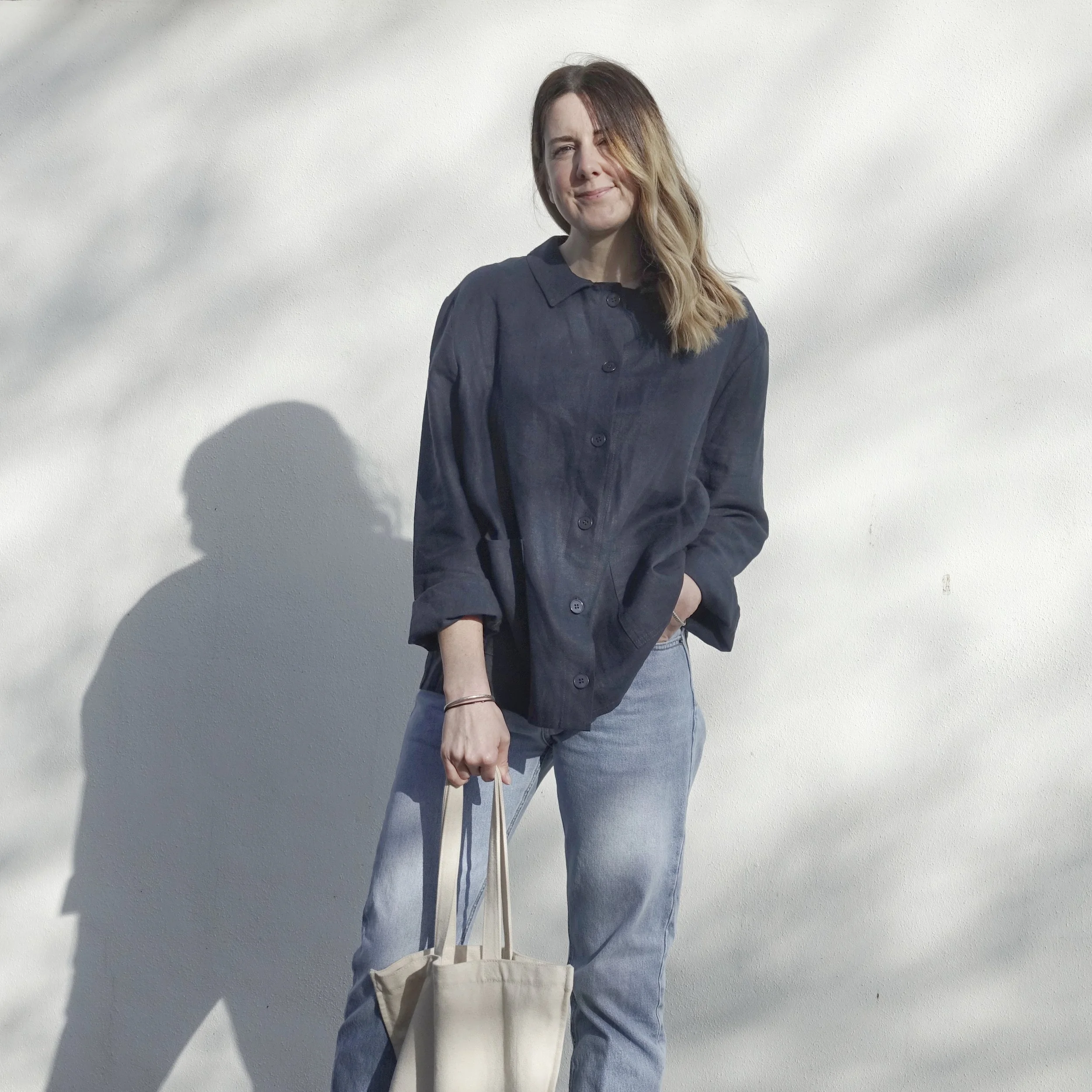Even the biggest brands suffer from the pain of delivery problems and delays on the critical path of their ranges. Not only does this disappoint customers but it also puts strain on your teams workload and your supplier relationships.
As a fashion buyer I’ve spent over ten years managing the critical path of hundreds of styles at once and learnt how to get the best from your supply base. This post will cover some of the key tips I give brands on how to manage this area of their business.
What is a critical path?
The critical path is the series of dates that must be met in order to meet an agreed delivery date for that item. Working backwards from the intake date, that you need a style to be in your warehouse, can help you to ensure that your products will be on time.
It’s important that styles are in on time as this will reduce the risk of lost sales i.e. there’s a window of time that heavyweight coats will sell well (let’s say from October to december), if a coat delivery is late by one month then customers will go to another retailer to buy this style.
I talk about the critical path, the industry standards for cost prices, range planning and managing the buying calendar in my guide ‘Buying Essentials for Fashion Brands #1’
My top 10 tips for managing the critical path
Create a critical path for each of your styles. Think about every key date in the production of your product, from design to delivery, and plot it on a chart that you can reference and check against.
Work backwards from the date you need to have a product in your warehouse.
Regularly check with suppliers where they are in the production process to ensure they’re on time. It can be rare for a supplier to volunteer information about problems they foresee with meeting your original delivery date.
Ask to be sent lab dips to approve for colour, pieces of bulk fabric and samples at each stage of the process to ensure they are correct.
Confirm and approve every stage of a product as early as possible in the critical path to give the supplier as much chance as possible to get it to you on time. Don’t leave anything until the last minute.
Keep changes to a minimum where possible. Make it as easy possible for the supplier to get the stock shipped to you on time.
Keep a good relationship with your suppliers by taking the time to explain why changes must be made. Having a respectful and understanding relationship on both sides will help you both meet your goals.
Consider both your holidays and the local holidays of your suppliers when planning dates.
Always add a buffer on to all dates if you’re serious about getting styles in on time for your wholesale customers. The longer the better as you never know what may come up!
Let your wholesale customers know if any changes or delays have come up as early as possible. They will appreciate the heads up and can make alternative arrangements if needed. Note that wholesale customers may ask to start cancelling styles that are not as originally agreed.
The importance of a buffer
One way to get around delays is to add a buffer that will take the pressure off getting your products out to your customers, particularly if you sell B2B at wholesale. Many brands add in a buffer of a couple of weeks, meaning that styles are less likely to be late for the collections launch date.
The downside of this is that the whole process and the buying calendar needs to be started even earlier.
It’s always good to hear from you! If you have any queries, feedback or want to share your experience then get in touch with me on the comments below, by email or via my Instagram.
I update my Instagram with tips and videos weekly so come and say hello!

























